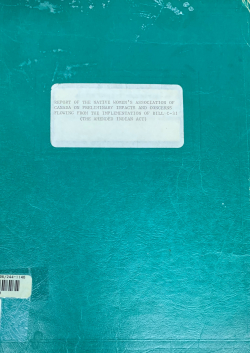Capturing women : the manipulation of cultural imagery in Canada's prairie west

Type
Book
Authors
Sarah Carter ( Carter, Sarah )
ISBN 10
0773516565
ISBN 13
9780773516564
Category
General Library Collection
[ Browse Items ]
Publication Year
1997
Publisher
Pages
264
Subject
Prairie Provinces -- Ethnic relations -- History -- 19th century
Tags
White women -- Prairie Provinces -- History -- 19th century, Indigenous captivities -- Prairie Provinces, Indigenous captivities, Prairie Provinces -- Ethnic relations -- History -- 19th century, Prairie Provinces -- Social conditions, Indigenous women -- Prairie Provinces -- History -- 19th century, Indigenous women, Prairie Provinces, Ethnic relations
Abstract
"Consisting of a series of stories, events, and episodes, the book highlights shifting patterns, attitudes, and perspectives toward women in the Prairies. One of Carter's overarching themes is that women are seldom in a position to invent or project their own images, identities, or ideas of themselves, nor are they free to fully author their own texts. Focusing on captivity narratives, a popular genre in the United States that has received little attention in Canada, Carter looks at depictions of white women as victims of Aboriginal aggressors and explores the veracity of a number of accounts, including those of Fanny Kelly and Big Bear captives Theresa Delaney and Theresa Gowanlock, Canada's most famous captives. Carter also examines depictions of Aboriginal women as sinister and dangerous that appeared in the press as well as in government and some missionary publications. These representations of women, and the race and gender hierarchies created by them, endured in the Canadian West long after the last decades of the nineteenth century. Capturing Women fits into a growing body of literature on the question of women, race, and imperialism. Carter adopts a colonial framework, arguing that while the Prairies do not readily conjure up the powerful images of Empire, fundamental features of colonialism are clearly present in the extension of the power of the Canadian state and the maintenance of sharp social, economic, and spatial distinctions between the dominant and subordinate populations. She highlights similarities between images of women on the Prairies and symbols of women in other colonial cultures, such as the memsahib in Britain and the Indian captive in the United States."--Amazon.
Number of Copies
1
| Library | Accession No | Call No | Copy No | Edition | Location | Availability |
|---|---|---|---|---|---|---|
| Main | 39557 | HQ1459.P6 C37 1997 | 2 | Yes |




